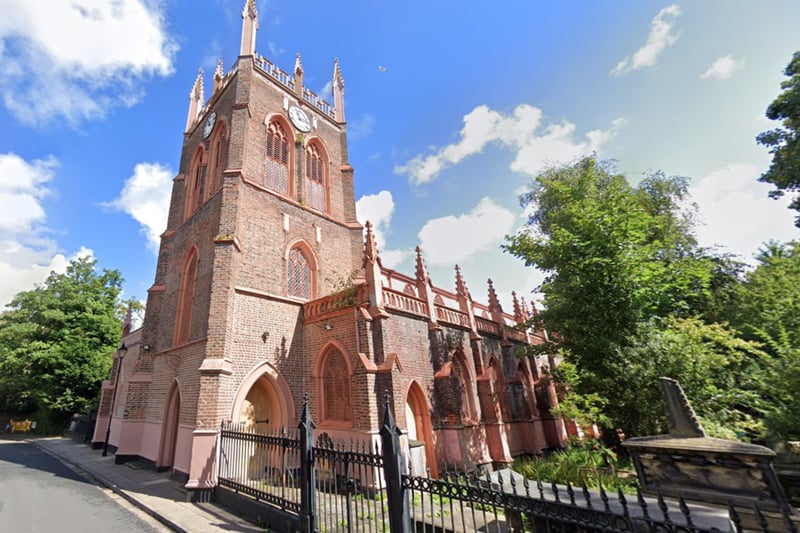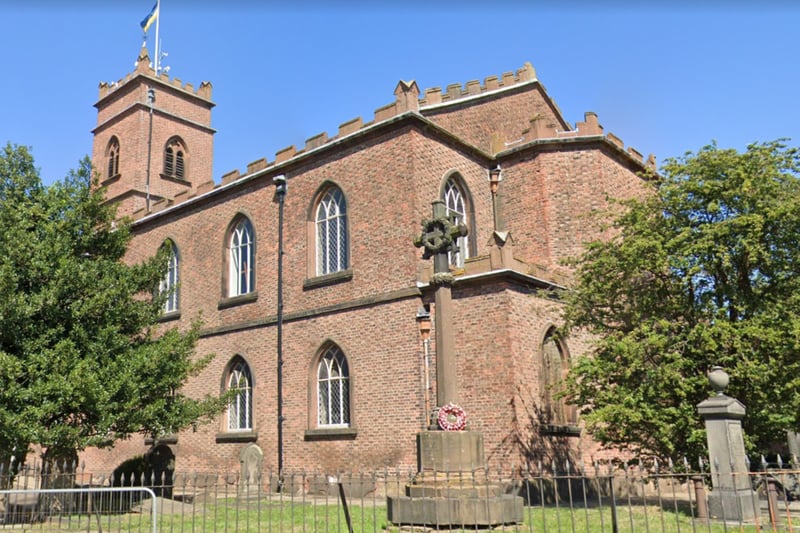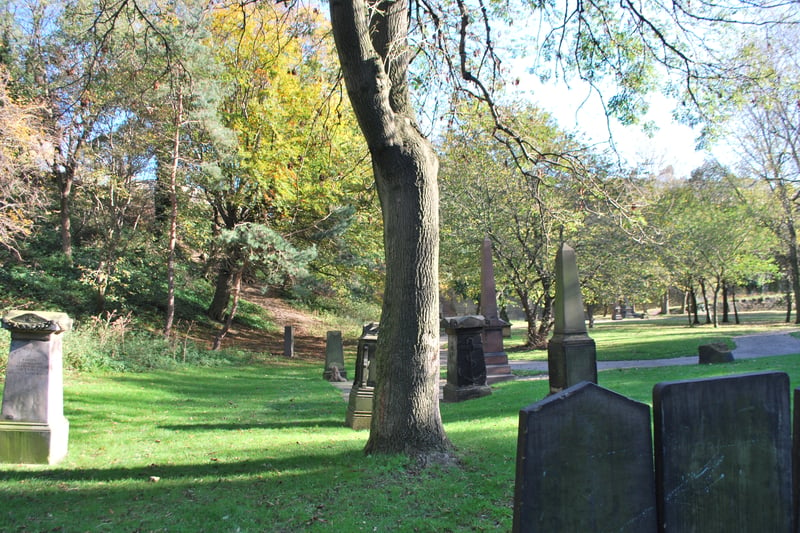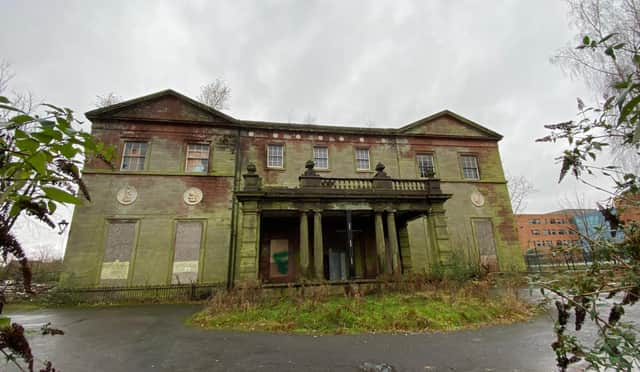Historic England has released its Heritage at Risk Register for 2022, with 175 historic buildings and site added. The Register is a summary of the critical health of some of England’s most historic landmarks.
There are 16 Liverpool buildings at risk of being lost this year and seven Conservation Areas. They can be found in the city centre and across out of town neighbourhoods and include, 300-year-old halls, iconic churches, historic docks and gardens.
Charities, owners, local councils, and Historic England have also worked together to see historic places restored, re-used, and brought back to life.
Duncan Wilson, chief executive of Historic England said: “As the threat of climate change grows, the reuse and sensitive upgrading of historic buildings and places becomes ever more important.
“Finding new uses for buildings and sites rescued from the Register avoids the high carbon emissions associated with demolishing structures and building new.”
In 2021/22, Historic England awarded £8.66 million in repair grants to 185 sites on the Heritage at Risk Register. In addition to this, 15 sites have benefitted from £3.25 million in grants from the heritage at risk strand of the Culture Recovery Fund during 2021/22.
These grants help with emergency repairs to historic buildings and help protect the livelihoods of dedicated people who run and maintain the historically rich places.
These are the 16 Liverpool buildings at risk of being lost in 2022, along with Historic England’s description of the buildings and repairs needed. The seven Conservation Areas not pictured below are: Princes Road; Newsham Park; Duke Street; Stanley Dock; Ogden Close; Hartley’s Village; Derwent Square.

1. St Michael’s Church, St Michael’s Church Road, Liverpool
Church built in 1814 to designs of J Cragg and T Rickman. Brick walls originally clad in slate with iron framed roofs and patent slating to nave. Six bay aisled nave with short chancel and west tower. The iron parapet and pinnacles to the aisles are fractured and unstable. Aisle roof coverings and gutter failing allowing water ingress to damage roof deck.

2. Wellington Rooms, Mount Pleasant, Liverpool
Built as a private assembly room for the Wellington Club in 1815. Later used as an Irish Club. Severe dry rot continues to be monitored. The local authority set up a steering group, which commissioned a condition survey and feasibility study to identify an end use. A Historic England grant-aided project has addressed the most urgent repairs, but a long term re-use scheme continues to be elusive. (Image: Rodhullandemu - Own work/Wikimedia)

3. All Saints Church, Irvine Street, Liverpool
A brick church built 1812-13, with balconies to three sides. Contains two William Morris windows of 1870s. Suffers from a persistent dry rot problem in floors and balconies, and cementitious pointing is preventing masonry from drying out. The National Lottery Heritage Fund has offered grant aid under the Grants for Places of Worship scheme.

4. St James’s Gardens (formerly St James’s Cemetery) - Liverpool
A cemetery developed by a private company opened in 1829, with architectural features by John Foster and landscape by John Shepherd; one of the earliest ‘garden cemeteries’ in the country. The last interment took place in 1936. In the 1960s many gravestones were re-sited and the central area re-landscaped. In the late 20th century the site fell into decline. A local Friends group took interest in the cemetery; the site has been more actively maintained since. No conservation plan exists and vegetation is causing damage. Carriage ramps and catacombs need structural assessment and conservation. (Image: Sweetie candykim - Own work/Wikimedia)


